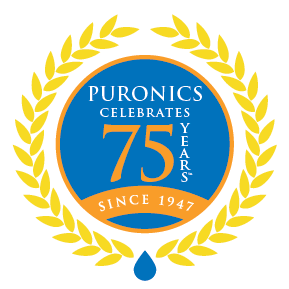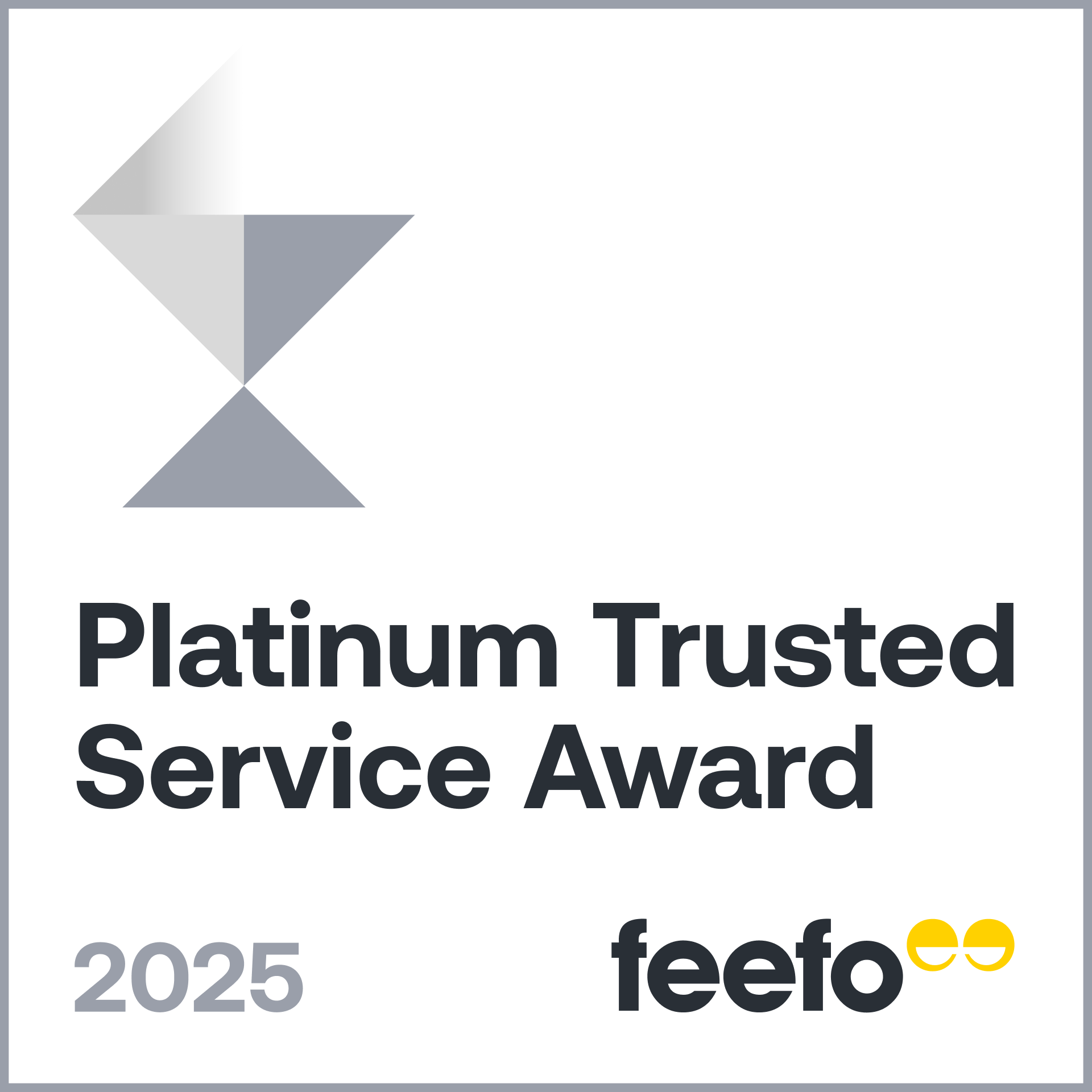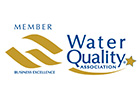Last Updated on April 12, 2021
Do you know what’s in your water? How about where it comes from or how it’s treated? If you get your water from a community water system, there’s an easy way to find out.
What is a Consumer Confidence Report?
In the United States, community water systems are required to conduct testing each year and compile a water quality report. This report, called a Consumer Confidence Report, must be released to customers each year by July 1st. While it’s usually mailed to all customers, you can often find it online on your water department’s website, labeled as Water Quality Report or Consumer Confidence Report.
In the report, you’ll find information about what’s in your tap water, where it comes from and how it’s treated, as well as if the system had any violations over the course of the year. Typically, you’ll see a table with the following information:
- Contaminant
- Mandatory Contaminant Level Goal (MCLG) – The level of a contaminant in drinking water below which there is no known or expected risk to health. MCLGs allow for a margin of safety and are non-enforceable public health goals.
- Mandatory Contaminant Level (MCL) – The highest level of a contaminant that is allowed in drinking water. MCLs are set as close to MCLGs as feasible using the best available treatment technology and taking cost into consideration. MCLs are enforceable standards.
- Average Level Detected
- Range of Detected Levels
- Source of the Contaminant
The contaminants may be broken down into separate categories. Usually, the report will first list those with known health risks and then list secondary contaminants, which pose no known health risks but are regulated for aesthetic reasons. Your water department may also list unregulated contaminants for your information.
What Should I Look For?
By comparing the MCL and the average or range of detected levels for each contaminant, you can find out if any are coming close to the MCL. Depending on the contaminant, there are different treatment options. The Water Quality Association (WQA) has information about treatment for a variety of contaminants.
For many drinking water concerns, a point-of-use reverse osmosis system, like the Puronics® Micromax™ 7000, can effectively remove most contaminants, including lead and other heavy metals. For aesthetic concerns, a point-of-entry or whole-house filtration system is generally the best option. This protects your pipes, appliances and clothes from damage and staining that secondary contaminants can cause.
The Report Doesn’t Show Anything Unusual, But My Water Still Tastes or Smells Bad
Most of the testing is done at the water treatment facility, so it doesn’t look at the impact of the pipes that transport the water to your home or any other fixtures. If you’re concerned about the quality of your water, contact us today for a free water consultation. We’ll test your tap water for hardness, suspended solids and chlorine, and show you the treatment options we have available to solve your water problems.
© Copyright 2021 Puronics, Inc. All rights reserved.

 Puronics, Incorporated
Puronics, Incorporated



